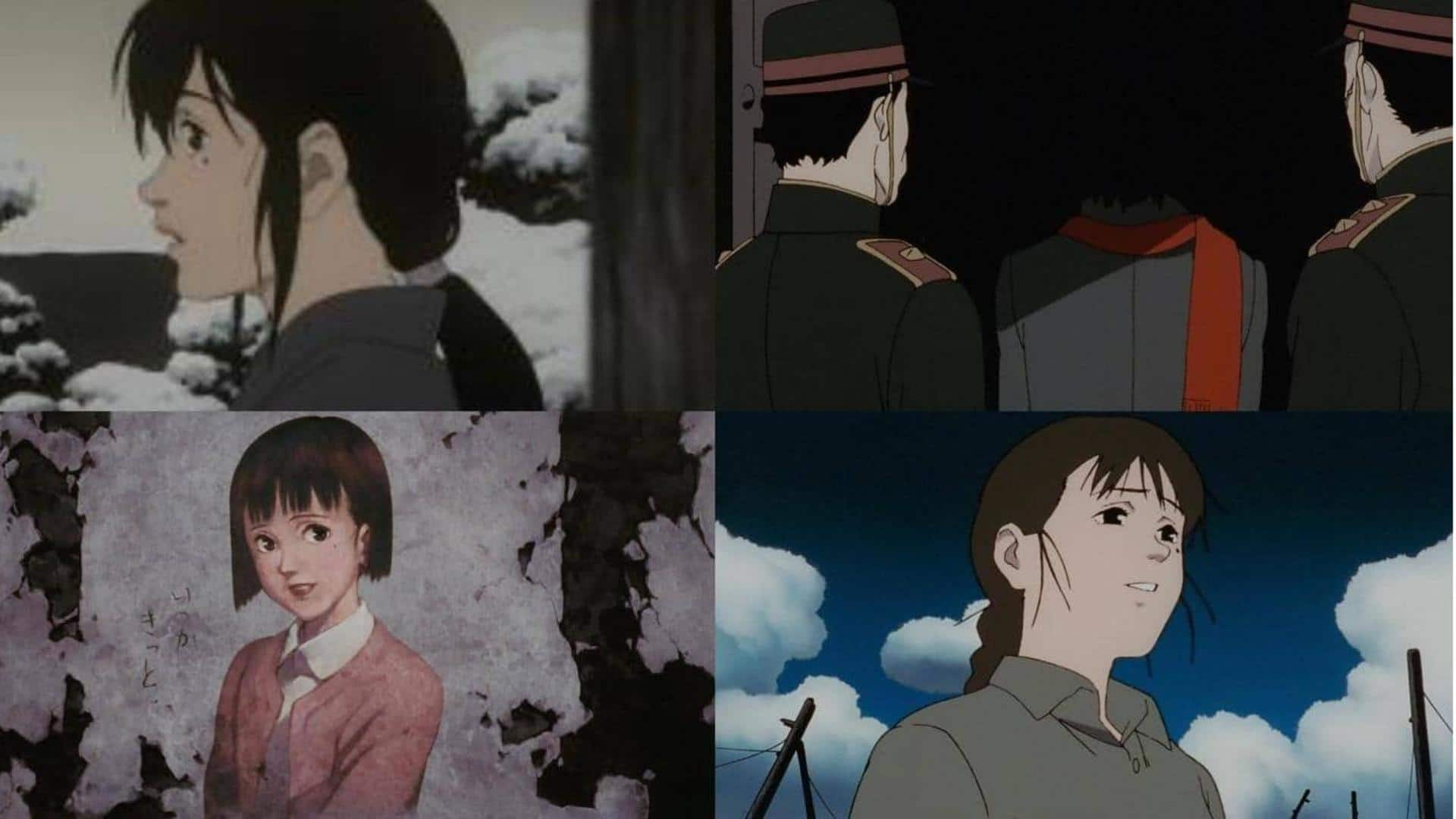
#NewsBytesExlplainer: What exactly defines Anime? Learn everything about it
What's the story
A distinctive charm defines anime films and they leave audiences awestruck due to their superior storytelling, imaginative animation, attention to detail, layered characters, and soothing, calming color palettes.
Thanks to OTT platforms, over the years, they have garnered a loyal fan following globally and are no longer merely limited to their country of origin: Japan.
Today, let's dissect this singular art of filmmaking.
Definition
Is anime the same as a regular cartoon?
To put it simply, anime is a Japanese animation style.
While the Japanese use the term to describe all cartoons irrespective of the nation, "outside Japan, anime denotes animation movies that come exclusively from Japan, distinguished by blazing graphics, energetic characters, and attractive themes such as sci-fi, romance, and supernatural forces."
"All anime shows are cartoons, but not all cartoons are anime."
History
First anime film was released in 1917!
While anime may have risen in popularity in the past few years, it's been actually around for over a century now!
Namakura Gatana, which was released in 1917 and had a runtime of four minutes, is credited as the "first-ever anime film."
The film opened several avenues for the craft's evolution and since then, several directors and anime artists have pushed the envelope.
Process
Creating anime is a painstaking, time-consuming process
Per experts, creating anime is an extremely time-taking process and often demands several months, if not years.
"A team of artists does these projects, usually overseen by a director. Digital technology has pushed the creative boundaries of what these films can look like using lighting techniques and other tactics, but it has not taken away from the artists' hard work," says research.
Artistic style
Anime uses diverse styles of art forms
Anime "focuses less on movement, and more on the detail of settings and use of "camera effects" such as panning, zooming, and angle shots."
It also leverages diverse, varied art forms, and "character proportions and features can be quite varied, with a common characteristic feature being large and emotive eyes."
Anime, thus, combines "graphic art, characterization, cinematography, and other imaginative and individualistic techniques."
Evolution
Anime has also left an impression on some American shows
Thanks to the introduction of Speed Racer, anime garnered a foothold in the USA in the 1960s, and several other series and films made inroads in the country.
Pokemon and DragonBall Z further contributed to this phenomenon and turned anime into a critical constituent of pop culture.
Some American shows such as The Boondocks and Avatar: The Last Airbender also draw inspiration from anime.
Production houses
Studio Ghibli is the frontrunner when it comes to anime
Anime is a monumental industry in Japan and is dominated by numerous production houses such as Studio Ghibli, Sunrise Studio, and Production I.G.
Studio Ghibli (founded in 1985) has been a trailblazer and was co-founded by legendary director, animator, and screenwriter Hayao Miyazaki (Kiki's Delivery Service, The Wind Rises).
Currently, the studio is reportedly behind eight of the 15 highest-grossing Japanese anime films ever.
Recommendations
How many of these titles have you watched already?
Several anime films have established themselves as cult classics and are immensely re-watchable.
Some primary examples on Netflix include Bubble, A Silent Voice, Drifting Home, Garden of Words, Spirited Away, Whisper of the Heart, Howl's Moving Castle, My Neighbor Toronto, and 5 Centimeters Per Second.
Some films you can catch on YouTube include Laputa: Castle in the Sky and Grave of the Fireflies.